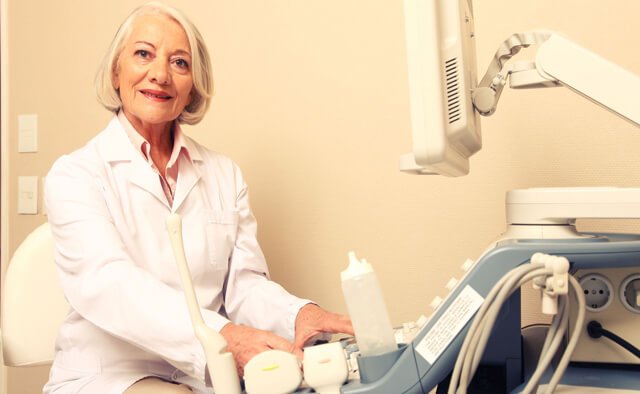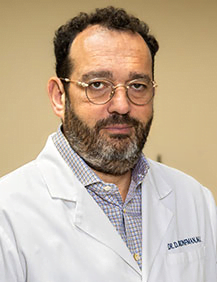The Only NYS Approved by
DOH Surgical Facility
*Same Day Appointments & Walk-Ins Welcome
The Only NYS Approved by
DOH Surgical Facility
*Same Day Appointments & Walk-Ins Welcome

Uterine fibroids are benign or noncancerous growths that develop within the uterus. They are also referred to as leiomyomas. Although, uterine fibroids are abnormal growths they rarely progress into cancer and so they aren’t expected to increase a woman’s risk of developing uterine cancer in the near future. These benign growths usually affect women in the reproductive or childbearing age group. Uterine fibroids are quite common, and are believed to affect nearly 3 out of every 4 women, although most of these women are oblivious about their existence in their uteri. Since, most uterine fibroids aren’t likely to produce any symptoms they go undetected until the woman undergoes a pelvic exam or ultrasound during a routine or prenatal work-up. Usually, a pelvic ultrasound is enough to confirm the diagnosis of uterine fibroids. However, some rare cases may also require MRI, hysterosalpingography, hysterosonography, or hysteroscopy to diagnose these benign growths in the uterus.
Uterine fibroids are mainly abnormal noncancerous growths that develop from the wall of the uterus. These growths tend to rise from the smooth muscular lining of the uterus known as the myometrium. At first, a singular cell may begin to divide continually to result in a rubbery mass of uterine tissue to form a uterine fibroid. This division may occur gradually over a period of time or it may occur swiftly, with a few fibroids also undergoing growth spurts on and off. The size and number of fibroids is likely to vary too, with sizes ranging anywhere between unnoticeable tiny growths to large fibroids that distort the uterus expanding it to accommodate. They are broadly classified into three sub-categories depending on their location in the uterus: Fibroids that develop inside the cavity of the uterus are known as submucosal fibroids, while those that protrude outside the uterine walls are known as subserosal fibroids, and those that grow confined inside the muscular uterine wall are known as intramural fibroids.
Not all uterine fibroids are likely to produce symptoms. However, some of them may produce symptoms that tend to differ from woman to woman. Some of the possible symptoms of:
There are several different options when it comes to treating uterine fibroids. However, most fibroids that produce mild or no symptoms are left alone as they aren’t likely to discomfort the woman or turn into cancer. Fibroids that produce unbearable discomfort or symptoms and those that may interfere with a woman’s chances of conceiving are treated surgically. Most surgeries like uterine artery embolization, myolysis, myomectomy, and endometrial ablation focus on the excision of the fibroid alone leaving the uterus and ovaries intact. However, in cases with multiple uterine fibroids or abnormally large fibroids hysterectomy may also be recommended. Hysterectomy is the surgical removal of the uterus with or without the ovaries. Speak to your doctor about your symptoms and the best and most suitable line of treatment for your uterine fibroids and its associated symptoms.

Dmitry Bronfman, MD, is a board-certified gynecologist who specializes in all aspects of contemporary women’s health, preventive medicine, pelvic pain, minimally invasive and robotic surgery, and general, adolescent, and menopausal gynecology.
Brooklyn Abortion Clinic